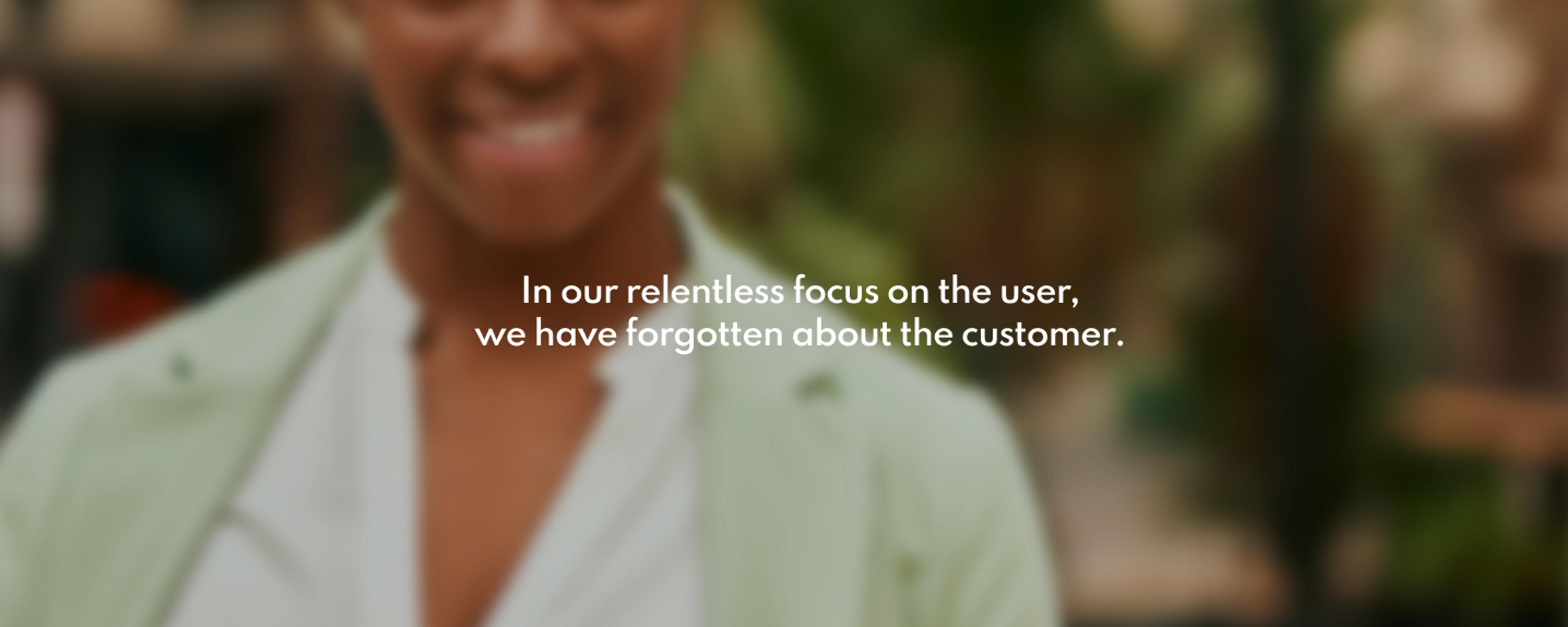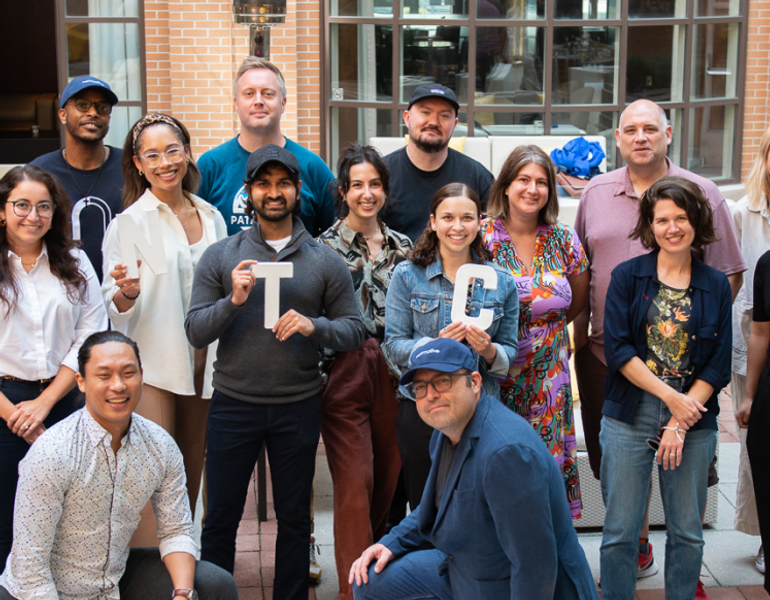In Our Relentless Focus on the User, We Have Forgotten About the Customer
A quarter century of user-centred design has taught us to make things easier to use. It’s improved products and services across a range of industries. It’s made us view people through the lenses of experience and ease-of-use. But it’s also led to an under-appreciation of what causes people to value something enough to pay for it in the first place.
We are seeing an increase of new products and services that launch into a well-defined market, but fail to find and create customers. A recent example is the Quibi streaming service, launched with great fanfare by former Disney CEO Jeffrey Katzenberg and former HP CEO Meg Whitman. It was designed for viewing short form videos on mobile devices. It pinned all of its hopes on the ability to view video in either portrait or landscape, a feat achieved by simply rotating your smartphone in mid-stream. The feature was cleverly dubbed ‘turnstyle’.
But the novelty of ‘turnstyle’ was not enough to prevent Quibi from failing miserably. There were all kinds of issues, from the misguided marketing strategy to the high subscription price to the mediocre content to its glaring lack of social capabilities. How could they have made so many mistakes? They never asked customers ‘Why would I need this?’. As a recent article in The Verge described it, “no one at Quibi knew what it should be, what people wanted, or how people use their phones.” They just assumed that people would want high-quality short-form content 24/7 and never asked what would make them pay for it when they could watch TikTok videos for free. As a result, Quibi never found its true customer and launched into the market without a validated value proposition.
There is so much more to success than ease of use
Had Quibi prioritized finding a customer over creating a novel user experience with “bite-sized” content, it might have gone to market with something that people actually wanted to buy. Finding a customer means establishing a value proposition. Different goals, tools and measurement targets need to be added to the user experience toolkit to support that work. Ease of use and novel product features are table stakes. On their own, they’re rarely enough to justify the kind of sustainable value exchange that is the core of a great company-customer relationship..
What could have saved Quibi? Establishing that there was a customer for the Turnstyle concept as early as possible would have helped. Quibi should have established and validated its raison d’etre much earlier in the innovation lifecycle. Instead of going all in on novel product features and content ideas, it should have gone beyond user experience and validated the product concept within the broader context of people’s needs as customers, not just users. That would have led to an evidence-based value proposition that could be subjected to business success metrics and investment criteria to better understand the market opportunity.
A source of competitive advantage
Unfortunately Quibi’s lack of a value proposition is not unusual in the design and innovation space. If you scan the literature, it’s estimated that anywhere from 70% to 90% of new products fail in the market. It’s safe to say that a substantial number of those failures can be attributed to a lack of preparation and the inability to find and create a customer.
But that’s good news: it means there is a competitive advantage in focusing on customers.
At Normative, we do that by creating and testing a product hypothesis, subjecting it to customer feedback and using that data to formulate a value proposition. We can then subject the value proposition to further refinement and validation in the form of pilot development, market testing, business modeling, price testing and investor strategy.
These are the tools we use to support evidence-driven innovation that is designed to deliver consistent quality to our customers - and ultimately to our customers’ customers.
To remain competitive companies can’t just rely on serving existing customers. They need to find and develop new ones. As the pace of change and digital transformation accelerates, leaders need to become experts at identifying new customers in their existing markets as well as new markets to limit their risk of disruption.
It’s time to focus on customers again, because they are the one true test of the validity of your business. It’s not enough to be content with today’s customers. Great innovators know that they need to find tomorrow’s customers, today.




